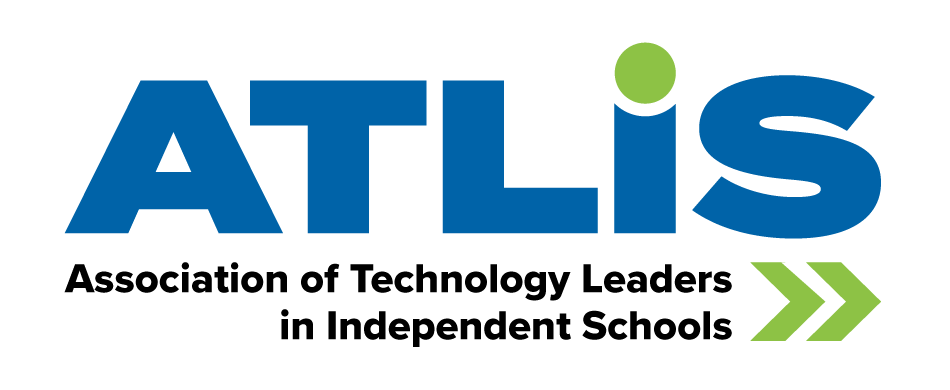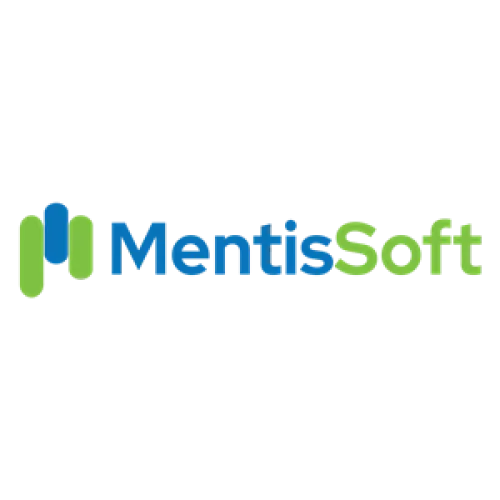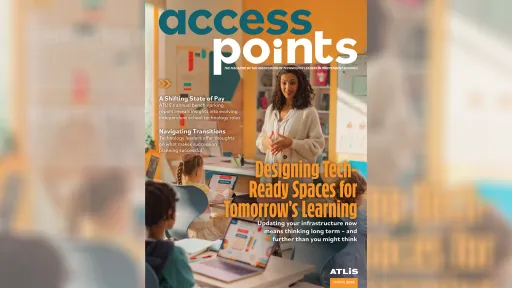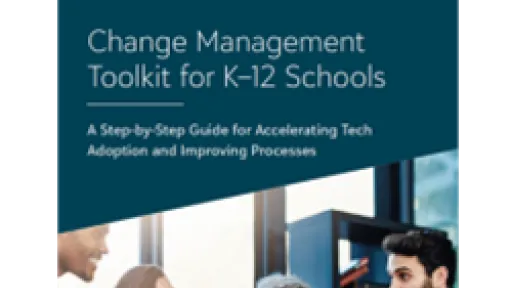When numbers start clouding your mission
It often begins quietly.
A department head emails an updated budget—only to realize their version doesn’t align with the master spreadsheet. A board member requests a mid-year projection and your finance team scrambles to compile tuition figures from one platform, budgeting data from another, and development contributions from a third.
The work gets done. But somewhere in the middle of reconciling line items and formatting reports, a more strategic question begins to surface. Not “what’s missing?” but “why are we still operating this way?”
For many independent schools, legacy systems and improvised workarounds no longer match the pace or the complexity of today’s financial demands. With tuition management, fundraising stewardship, multi-campus reporting, and compliance audits all converging, outdated tools have shifted from being a manageable inconvenience to a structural barrier.
This is where a well-designed school accounting software becomes indispensable. Platforms such as FINACS, developed specifically for private school operations, are emerging as critical tech. They reinforce institutional accountability, financial coherence, and the leadership capacity to act decisively.
What modern school accounting systems must deliver
The fundamentals of independent school finance haven’t changed—schools like yours are still stewarding tuition dollars, managing auxiliary programs, accounting for gifts and grants, and preparing timely reports for trustees, heads, auditors, and families. What’s changed is the environment in which we operate: multi-campus governance, diversified revenue models, evolving philanthropic expectations, and a board culture that demands visibility and agility—not just accuracy.
Modern accounting systems must reflect this reality. They should move beyond transactional record keeping and ledger management into a coherent, responsive platform that mirrors how independent schools function—across departments and fiscal categories, and under high-stakes scrutiny.
Here’s what today’s school finance teams require:
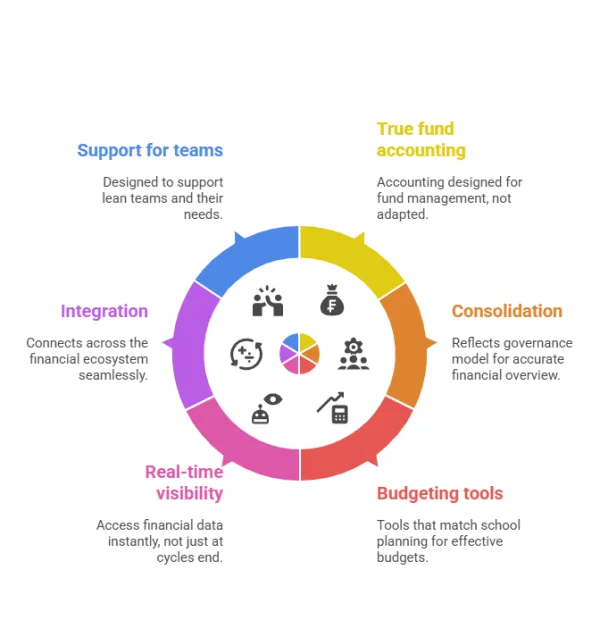
1. True fund accounting, not retrofitted business software
Independent schools are not corporations and do not follow a commercial chart of accounts. They manage tuition management and financial accounting alongside capital campaigns, endowments, board-designated funds, and restricted and unrestricted gifts. A general-purpose accounting system that tries to imitate fund-based logic often ends up creating more reconciliation work. It needs to support multi-dimensional tagging so we can track dollars not just by account code, but by purpose.
2. Consolidation that reflects our governance model
Whether it’s a K–12 structure or a multi-campus operation, schools often manage parallel financial entities under one roof. A school-ready system should handle inter-entity accounting and provide clean roll-ups without sacrificing the integrity of each ledger.
3. Budgeting tools that match how schools plan
The budgeting cycle in schools is long, layered, and people-intensive. Department heads, division leaders, and enrollment managers all contribute to a process that shifts from forecast to working plan to board-approved model over months. A good system should support workflow-driven budget submissions, version control, and scenario modeling—because schools don’t operate on static assumptions. They need to plan for enrollment shifts, tuition changes, staff needs, and donor-driven projects—all within the same framework.
4. Real-time visibility, not end-of-cycle reporting
Schools have transcended from retrospective reporting to operational decision-making. Heads of school and boards now expect timely answers on cash flow, tuition projections, and expense variances, often with little notice. Cloud-based systems with customizable dashboards allow the business office to meet that expectation. Solutions built specifically for independent school workflows, are starting to replace generic platforms.
5. Integration across the financial ecosystem
The accounting platform sits at the center of a broader financial ecosystem. It has to integrate with school information systems, donor databases, fundraising software, and increasingly, online payment gateways. Manual imports and dated middleware are not sustainable and can lead to operational drag.
6. Support for lean teams
Most independent school finance offices are compact. They don’t have the luxury of specialized staff for every function. That means the system has to be intuitive, with clear workflows, role-based dashboards, quick onboarding, and on-demand support.
In short, what accounting systems must deliver is not bells and whistles—it’s a thoughtful fit with how schools operate, how decisions are made, and how accountability is shared across leadership.
For many schools, migrating to a new school accounting software is a strategic reset. When done well, it frees your team from laborious cycles and gives leadership the insights to guide the institution forward.
Core Capabilities of a School Accounting System
Before selecting a new system, it’s critical to establish a functional baseline. An accounting solution for independent schools must do more than check boxes—it must deliver capabilities that reflect the way schools operate. Solutions like FINACS, which evolved from direct collaboration with school business offices, increasingly meet this standard. The following features are essential for supporting day-to-day workflows and enabling long-term financial stewardship.
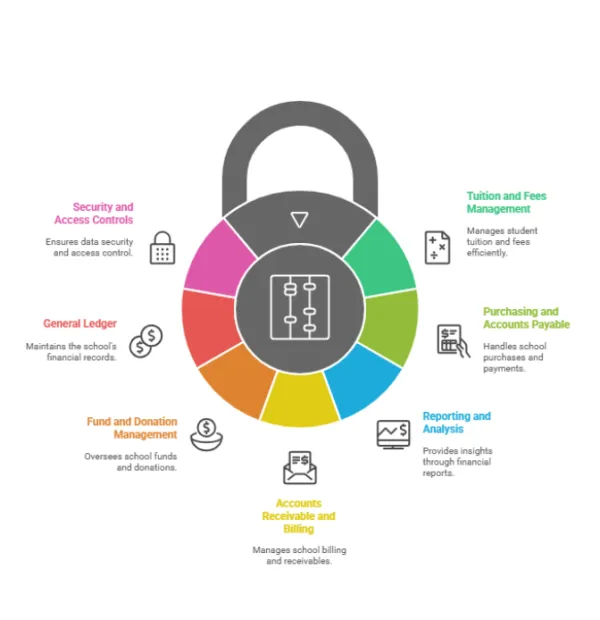
Tuition and Fees Management
Supports student billing and tuition collections, with flexible payment options and custom plans for families. This helps reduce late payments and ensures more predictable cash flow.
Purchasing and Accounts Payable
Tracks school expenses and manages vendor payments. Keeps records of pending bills and helps maintain good relationships through timely payments.
Reporting and Analysis
Provides real-time financial reports across funds, departments, and programs. Helps school leaders access up-to-date information for better decisions and board reporting.
Accounts Receivable and Billing
Manages tuition and auxiliary billing, tracks outstanding invoices, and handles incoming payments. Supports multiple international currencies—including dual-currency configurations for schools with transactions in USA and another local currency.
Fund and Donation Management
Keeps restricted and unrestricted funds separate and well-tracked. Ensures donations and grants are used as intended and reported clearly to donors.
General Ledger
Organizes financial data by fund, department, or program. Supports monthly closing, reconciliations, and audit readiness—even for schools with complex operations.
Security and Access Controls
Protects financial data through encryption and user permissions. Limits access to sensitive information and keeps an audit trail for compliance.
A Checklist for Evaluating School Accounting Software
Every school’s financial story is unique, but the core needs of transparency, stewardship, and accountability remain constant. This checklist reflects the features that experienced business offices look for when selecting a system that can truly support independent school finance.
Built for Fund Accounting
Look for a system that supports true fund accounting—not a business tool retrofitted to mimic it. You need to track restricted, unrestricted, and board-designated funds with clarity and precision.
Multi-Dimensional Chart of Accounts
Ensure the system allows tagging and filtering by program, campus, grant, department, and other dimensions that reflect how your school operates and reports.
Consolidation Across Entities or Campuses
If your school has multiple campuses, divisions, or entities, the platform should support both individual and consolidated views—without relying on offline spreadsheets.
Role-specific Budgeting Workflows
Budgeting is a collaborative process. Your software should support workflow-based inputs from department heads, version control, and multi-scenario modeling—all within a central framework.
Live Financial Visibility
You need to be able to answer questions in real time—not wait for a monthly close. Look for customizable dashboards and up-to-date reporting that empowers faster, data-driven decisions.
Seamless Integrations
The accounting system should integrate cleanly with your SIS, HR/payroll, tuition billing, advancement database, and banking platforms—without middleware or manual imports.
Fundraising Integration
Look for platforms that support native or API-based integrations with fundraising systems—so that pledges, donations, and grants flow directly into financial records, ensuring timely stewardship and avoiding redundant data entry.
For instance, FINACS and FundThrive—school accounting and fundraising software developed by MentisSoft—are designed to work together, helping schools manage donations and financial records within a unified framework.
Designed for Lean Teams
You shouldn’t need a full IT department to maintain the system. Look for intuitive interfaces, searchable help resources, and support that doesn’t disappear after onboarding.
Scalable for the Long Term
The right software should support where your school is going—not just where it’s been. Make sure it can grow with you as programs, people, and complexity increase.
The Real Measure of Fit
In the end, the right accounting system won’t announce itself with flashy features or sleek demos. You’ll recognize it in quieter ways—when your team stops double-checking exports, when a department chair submits their budget without follow-up emails, when the audit feels less tedious.
It’s in these everyday moments—unseen by most, but deeply felt in the business office—that the real value of a well-matched system becomes clear.
Ready for a deeper conversation? If your team is starting to explore what's next in financial systems—or simply looking to bring more cohesion to your tools and processes—it may be time to revisit what today’s platforms can offer. Take the time to evaluate systems that hold their ground when the year gets busy, the questions get urgent, and the mission moves forward.
You can start by requesting a personalized consultation with school accounting software such as FINACS—map your school’s current workflows, uncover inefficiencies, and explore what stronger financial alignment could look like.
Author
Archana Agnihotri
Director of Product Strategy & Design
MentisSoft
